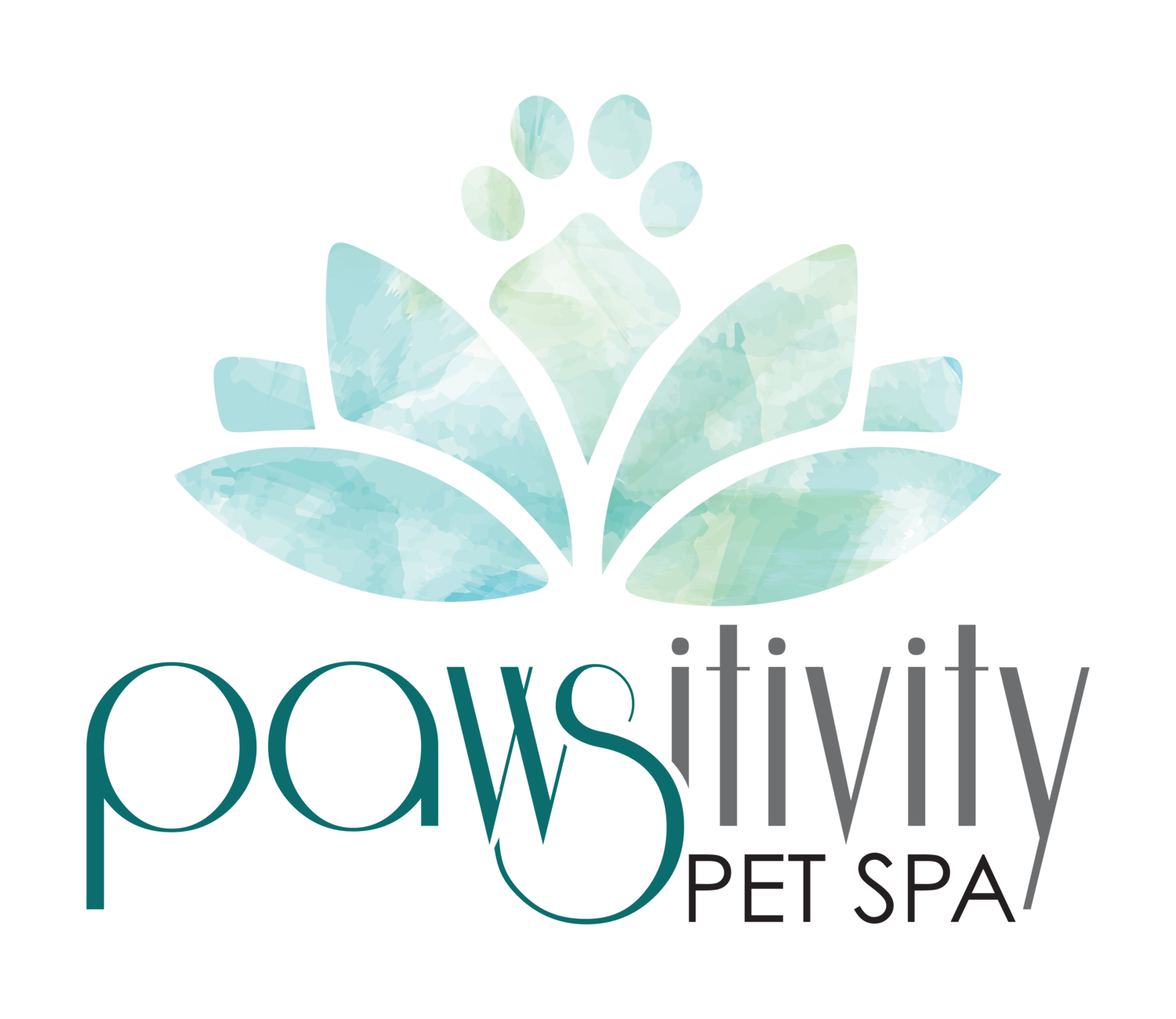Dog Brushing 101
Brushing is not only a needed ritual for many dogs, but can also be a bonding experience! Proper brushing takes observation, care, and a bit of training, but the rewards are worth it as you get to know your dog better and the two of you work together.
Gearing Up for Brushing
Make sure you have the correct brush for your dog's coat. For most regular pet brushing, the best option is a slicker brush. (Pin brushes and other specific types of brushes are designed for show brushing.) A well-made slicker brush doesn't hurt, though some dogs may complain about it. Remember that this is a training exercise; your dog can learn to like it! We particularly like Chris Christensen’s brushes.
The second piece of equipment you'll need is a standard comb made especially for dogs, called a Greyhound comb. This type of comb is made of metal, with two different sized tines. Buy the size comb that best fits your dog's hair. If you buy a large comb, the tines will be medium to large; if you buy a small comb, the tines will be small to medium. The comb is used after the brush, on each section of your dog's coat. It shows you where the knots are, and helps pull out any dead coat.
Getting Ready
Put your dog in a place where you can keep control of his movement. If you have a small dog, DON'T put him in your lap for brushing! A table or counter is a good spot to brush a small dog. For a large dog, have someone hold him on a leash while you brush, until he gets used to the brushing routine. Encourage your dog to stay standing. This may take some training, but if he is groomed regularly by a good stylist, he will have some practice with this.
Lay the ground rules for your dog: No biting the brush, no mouthing you while you brush, stay standing the whole time. Many dogs don't like being brushed and will need to be trained to it. Think of it the same way as training a child who doesn't like baths to take a bath before bed. Establishing expectations and healthy boundaries keeps you in control, which in turn helps keep your dog safe.
Brushing Techniques
Once you have your supplies and your dog is ready, it's time to start brushing! The tail is the easiest place to start. Brush it out with the brush, then work the comb all the way through the hair. Move on to the legs, one leg at a time: brush out the inside, the outside, between the toes, and especially around the back tendon (which tends to get knotted). Go back with the comb and work through each section. Continue on to the sides of your dog's body, then the neck and chest, then the head, then the ears. Be careful to use firm but gentle strokes being careful not to scrape against the skin. On each section, go back through with the comb after brushing. If the comb sticks, use the brush again to brush out any matting.
If there is a hard spot of matting that you can't clear out after brushing and combing through it twice, we recommend that you get your dog professionally dematted. Continuing to work at a knot like this will only hurt your dog. The only pain-free, ethical ways to remove hard mats are to cut across the mat with thinning shears (which break the knot apart) or to shave the coat. Both of these methods require professional training. DO NOT TRY THIS AT HOME unless you have been trained by a professional! (Come to one of our Brushing Workshops if you'd like to learn more!)
NEVER use regular scissors or shears on a dog! This is extremely dangerous and likely to cut your dog, possibly without you even noticing. (We've seen this happen, with disastrous results.) Mats are close and connected to the skin, and it is very easy to cut into the skin. Scissors are far more dangerous than clippers; so dangerous, that here at the spa, we require all of our bathers to have a year of work experience here before they begin using shears on any dog. Remember, dogs are like children when it comes to haircuts -- wriggly, squirmy, and moving at all the wrong times! It takes experience to anticipate their movements and react quickly to help keep them safe.
Observing Your Dog
Many (if not most) dogs do not enjoy being brushed, at least at first. Your dog may give you a hard time the first few times you brush her. Observe her signals and learn to tell the difference between dislike (complaining) and actual pain. Shaking is usually a sign of real fear. Excessive panting or looking afraid are signs of anxiety. But if your dog is whining, mouthing you, or whipping around like she's going to bite you, she is probably just acting up. Use your best judgement, and know your dog's obvious signs of real stress. If she's showing no other signs of stress but yelps when you begin brushing her, she simply doesn't like it.
If your dog seems stressed and isn’t relaxing into the experience, contact us for support! We can schedule an evaluation and some hands-on brushing instruction, or let you know when our next brushing workshop is scheduled!
Happy brushing!


